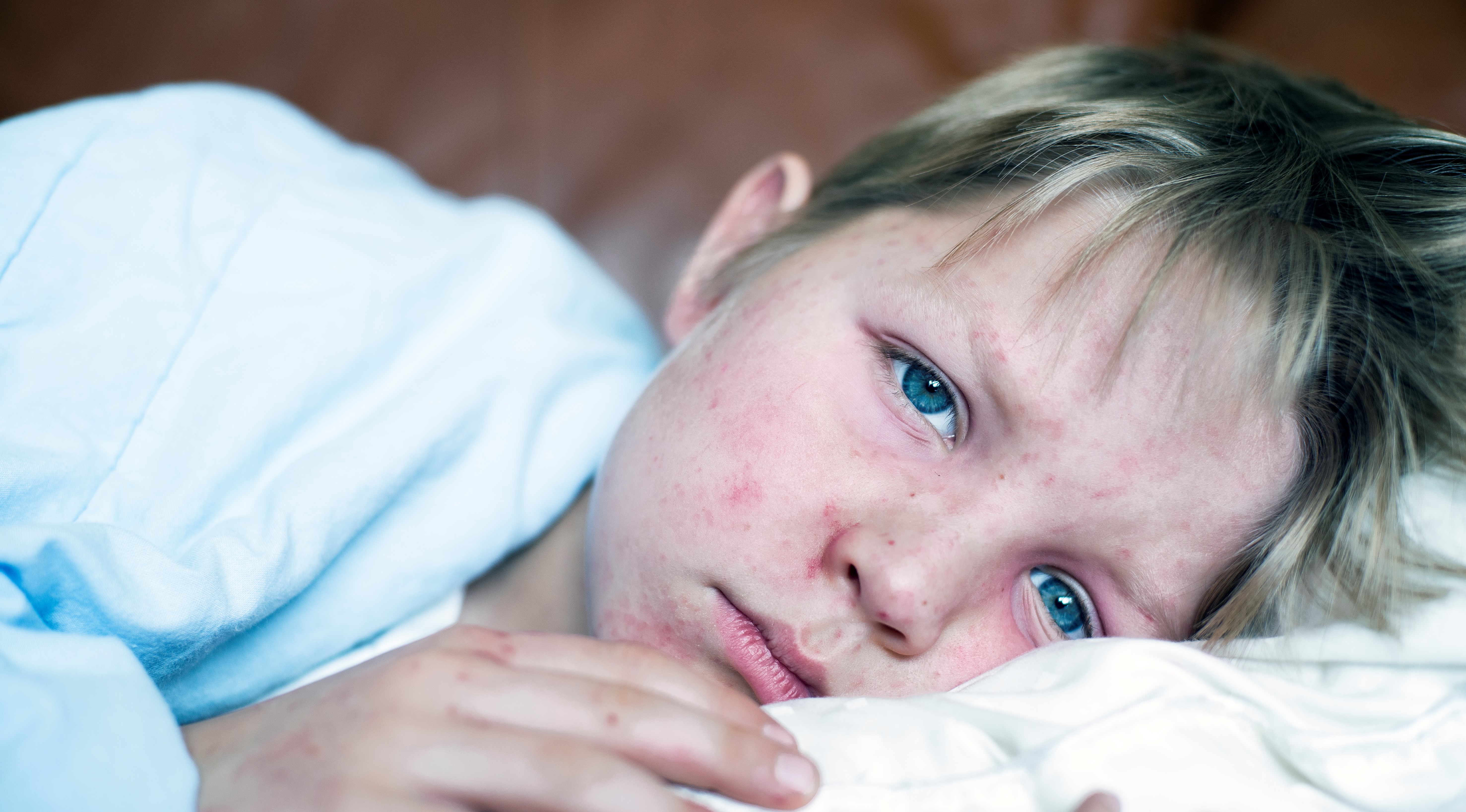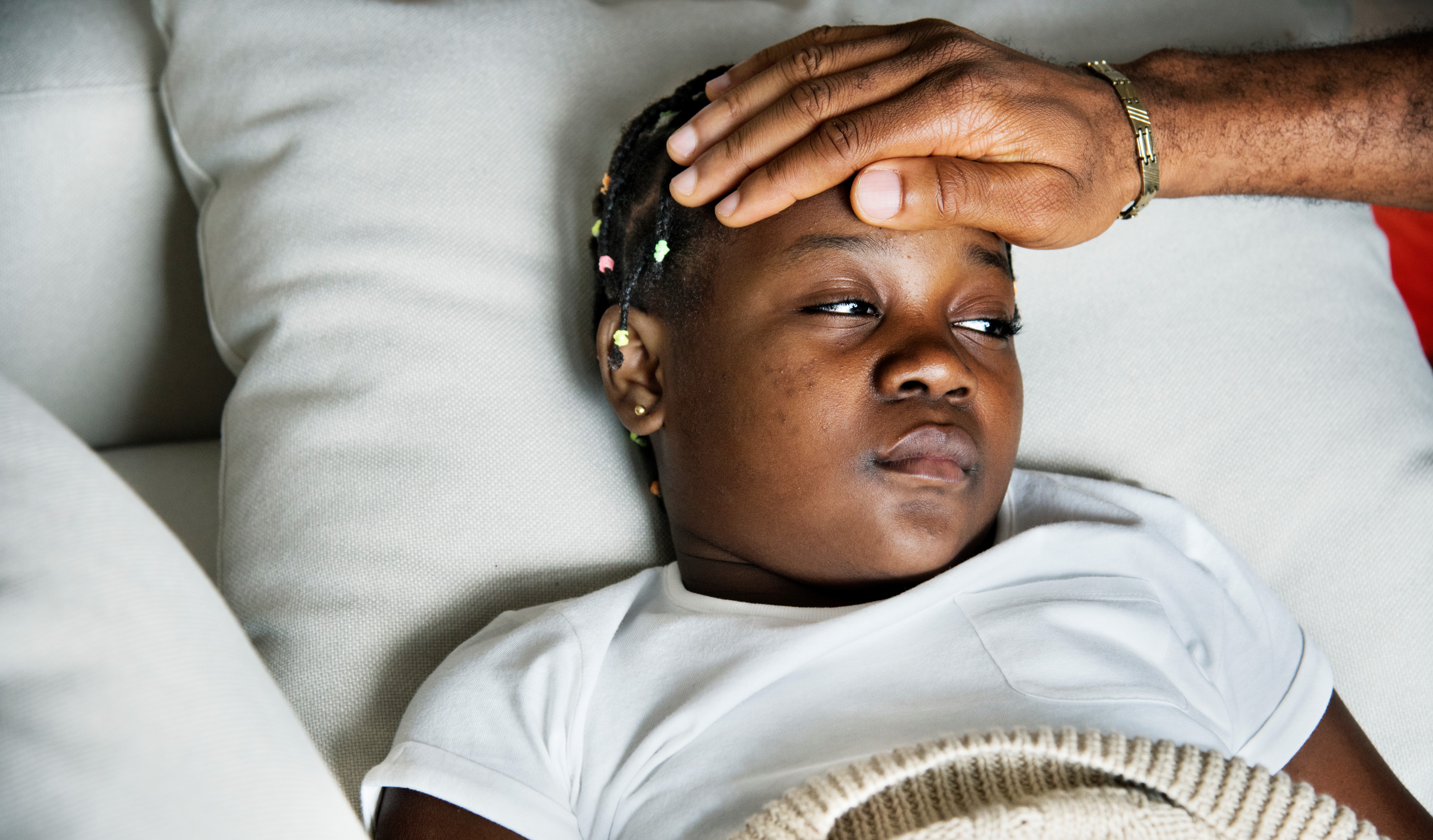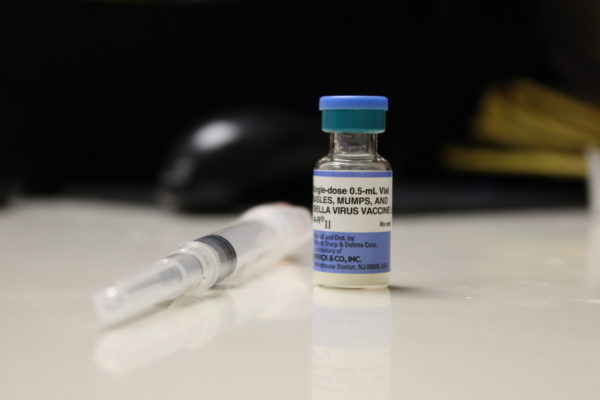Measles cases are on the rise after having been eliminated in the United States nearly two decades ago. Since 2000, measles has been a rare disease in the U.S. But in 2019, we’ve had nearly 1,000 cases reported throughout the country.
How could this happen? While high vaccination rates led to a decline in measles in our nation, the disease remains common in many foreign countries. It is brought back to the U.S. when an unprotected traveler—usually an American citizen—gets measles overseas and returns to the United States. Because it is so contagious, that person can quickly and easily spread it to others who are unprotected.
As the number of unprotected people and communities in the U.S. has climbed, so have cases imported from abroad.
If you have been undecided about or have delayed the MMR (measles-mumps-rubella) vaccine for your child or yourself, this is what you need to know about measles and how you can best protect your family.
1. Measles is a serious illness.
There is no cure and no medicine to make it go away. Measles can lead to pneumonia, deafness, brain damage and death. In the 1960s, the disease was killing more than 500 children in the United States each year. It’s estimated that 3 to 4 million people had measles each year in the U.S. before the 1963 vaccine program started.
2. Measles is extremely contagious.
According to the Centers for Disease Control and Prevention (CDC), if you have measles, up to 90 percent of the people in close contact with you, who are not already protected against the disease, will get it. It spreads very easily. You can catch measles when someone with the illness breathes, coughs or sneezes. The virus can stay in the air for up to two hours, meaning you could be exposed without having to get close to the infected person.
3. Cases of measles in the U.S. keep going up.
So far in 2019, we have experienced outbreaks in seven states. (Three or more cases of measles in an area are considered an outbreak.) More than 900 cases have been reported in 26 states—and the number keeps climbing each week. This is the highest number of cases of measles in the nation since 1994. For comparison, 372 cases were reported in 2018.
Cases have not yet been reported in Ohio, but have been reported in Indiana and Kentucky.
4. The MMR vaccine remains the single best protection.
Maurice Hilleman created the measles vaccine in the 1960s in hopes that he could help children and families have healthier lives and be free from the dangers of measles. The MMR vaccine remains the single best way to protect you and your family against measles. The risk for getting measles went down significantly in the years after the vaccine was introduced in the United States.
If you and your family members are on schedule with vaccines, you are doing what is needed to make sure you’re protected. Your next step is to stay on top of that vaccination schedule so you all will continue to have the best protection.
For anyone who has not yet had an MMR vaccine, I urge you to call your doctor about getting vaccinated. The vaccine not only protects you but also those around you, especially babies who are not yet old enough to receive the vaccine.
Read Related: Measles Outbreak 2019: Your MMR Questions Answered





